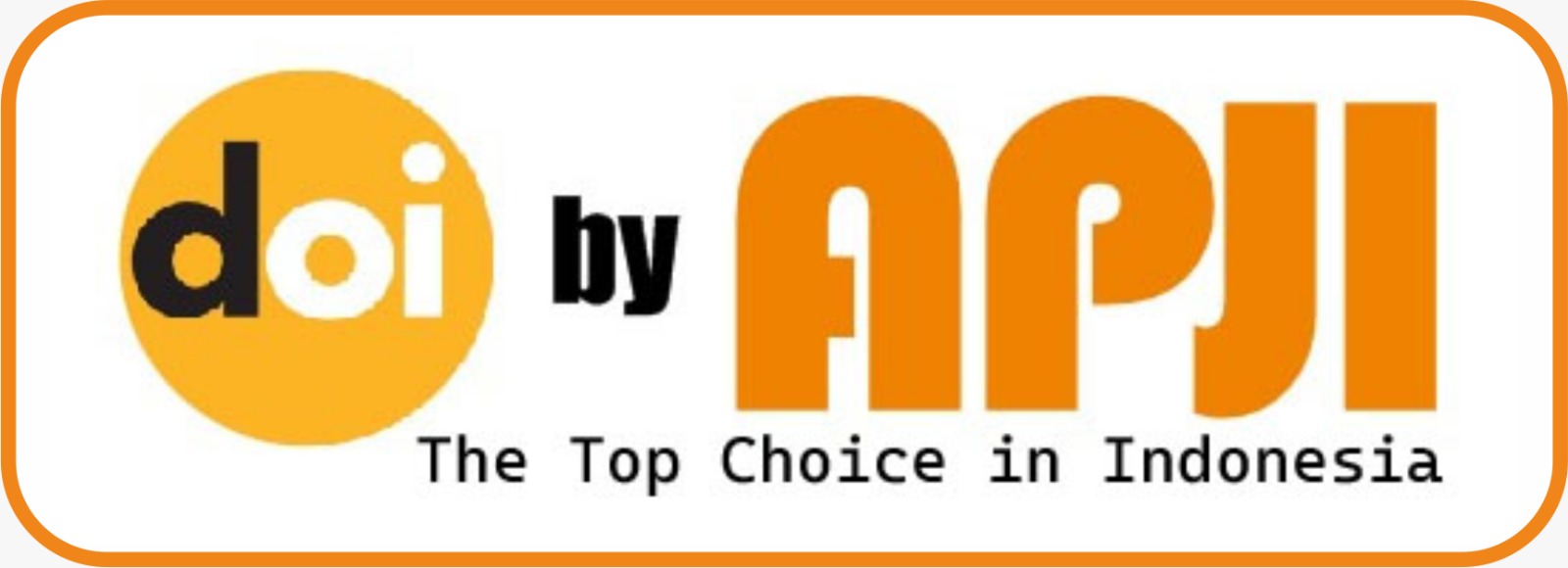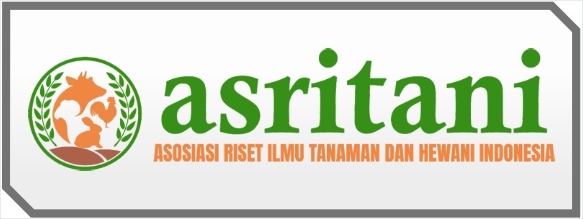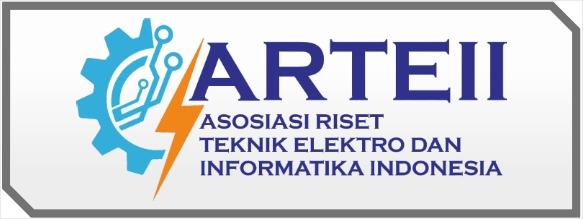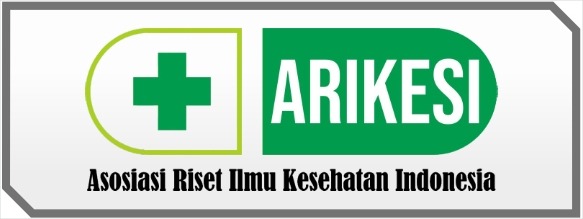Analysis of Coaching and Supervision Results for Bandung City Hospitals by the Bandung City Health Office in 2024
DOI:
https://doi.org/10.69930/ajer.v1i2.49Keywords:
Guidance, supervision, health service, bandung city, hospitalsAbstract
This study aims to determine the percentage increase in hospital facilities in Bandung from 2023 to May 2024 implemented by the Bandung City Health Office. The research method used is a qualitative method with a descriptive approach. The data collection technique used by researchers is a Focus Group Discussion of the coaching and supervision activities of Bandung City hospitals by the Bandung City Health Office 2024. The results showed that in 2023, the average number of facilities in 43 hospitals was 61.7 while 78.6. So there is an increase in the average value of hospital facilities in Bandung city from 2023 to 2024 this May by 16.93%. In addition, the infrastructure in hospitals from 2023 to 2024 has also increased. In 2023 itself, the average number of hospital infrastructure in Bandung city was 67.5 then increased to 80.9 in May 2024. So there was an increase in the percentage of hospital infrastructure in Bandung from 2023 to May 2024 by 13.4%. Furthermore, regarding medical devices, the increase that occurred in the results of the completeness of medical devices in Bandung city hospitals from 2023 was 12.1%. This can be seen from the average number of medical devices in 2023 Bandung City hospitals of 53.8 and 2024 until this May 65.9 so the implementation of hospital supervision and guidance activities has a significant impact on the process of developing hospital facilities in Bandung City.
References
Arifin H, Chou KR, Ibrahim K, Fitri SUR, Pradipta RO, Rias YA, et al. Analysis of Modifiable, Non-Modifiable, and Physiological Risk Factors of Non-Communicable Diseases in Indonesia: Evidence from the 2018 Indonesian Basic Health Research. J Multidiscip Healthc. 2022;2203–2221.
Fritz M. Temperature and non‐communicable diseases: Evidence from Indonesia’s primary health care system. Health Econ. 2022;31(11):2445–2464.
Kemenkes R. Buku Pedoman Pencegahan Penyakit Tidak Menular, Direktorat Pencegahan dan Pengendalian Penyakit Tidak Menular. Jakarta: Kemenkes RI; 2019.
Bustamante-Sanchez A, Villegas-Mora BE, Martínez-Guardado I, Tornero-Aguilera JF, Ardigò LP, Nobari H, et al. Physical activity and nutritional pattern related to maturation and development. Sustainability. 2022;14(24):16958.
Triratnawati, A., & Arista YA. Barriers to access to health services for midgets. Ber Kedokt Masy. 2019;35(4):113–119.
Indriyawati, N., Widodo, Nurul M., Priyatno, D., Jannah M. Screening and Assistance for Non-Communicable Diseases in the Community. e-journal JurusanKeperawatan, Poltekkes Kemenkes Semarang. 2018;14(1).
Japaries W. Elemen Renik Dan Pengaruhnya Terhadap Kesehatan. EGC, editor. Penerbit Buku Kedokteran; 1988.
Krieger N. Epidemiology and the people’s health: theory and context. Oxford University Press; 2024.
Kementerian Kesehatan RI. Profil Kesehatan Indonesia 2021. Jakarta: Kementrian Kesehatan RI; 2022.
Dinas Kesehatan Kota Bandung. Profil Kesehatan Kota Bandung. 2022. 17–39 p.
Tangcharoensathien V, Witthayapipopsakul W, Panichkriangkrai W, Patcharanarumol W, Mills A. Health systems development in Thailand: a solid platform for successful implementation of universal health coverage. Lancet. 2018;391(10126):1205–23.
Fatimah S. Factors in the Utilization of Health Services at Community Health Centers. HIGEIA (Jurnal Penelit dan Pengemb Kesehat Masyarakat). 2019;3(1):121–131.
Hariningsih W. Health Services and Empowerment Of The Elderly Based On Legal Assurance Perspective In Bojongloa Kaler, Bandung City. J Vocat Nurs. 2023;4:74–81.
Megatsari, H., Laksono, A.D., Ridlo, I. A., Yoto, M., & Azizah AN. Community Perspectives on Access to Health Services. Bul Penelit Sist Kesehat. 2019;21(4):247–253.
Organization WH. Consolidated guidelines on HIV prevention, testing, treatment, service delivery and monitoring: recommendations for a public health approach. World Health Organization; 2021.
Depkes RI DK. Farmakope Indonesia. In: Departemen kesehatan. Jakarta; 1979. p. Edisi III, 378,535,,612.
Nurlinawati, I., & Putranto RH. Factors Related to Health Workers Placement in First Level Health Care Facilities in Remote Areas. J Penelit Dan Pengemb Pelayanan Kesehat. 2020;4(1):31–38.
Kementerian Kesehatan RI. Peraturan Menteri Kesehatan RI Nomor 4 Tahun 2019 tentang Standar Teknis Pemenuhan Mutu Pelayanan Dasar Pada Standar Pelayanan Minimal Bidang Kesehatan. Jakarta: Kementrian Kesehatan RI; 2019.
Afiyanti Y. Validity and Reliability in Qualitative Research. J Keperawatan Indones. 2018;12(12):137–141.
Balde T, Oyugi B, Daniel EO, Okeibunor J, Wango RK, Njenge H, et al. A step towards reinvigorating the COVID-19 response: an intra-action review of the WHO Regional Office for Africa Incident Management Support Team. BMJ Glob Heal. 2023;8(6):e012258.
Suripatty R. The Efficacy of Focus Group Discussions in Helping Teenage Female Students. Midwifery Res J. 2024;1(3):77–87.
Thalib, T., & Sabidullah I. Quality of Patient Service in the Emergency Department at Aloei Saboe Regional General Hospital. PUBLIK J Manaj Sumber Daya Manusia, Adm dan Pelayanan Publik. 2017;4(2):119–128.
Downloads
Published
How to Cite
Issue
Section
License
Copyright (c) 2024 Awalia Rahayu, Ai Susi Susanti

This work is licensed under a Creative Commons Attribution-ShareAlike 4.0 International License.























